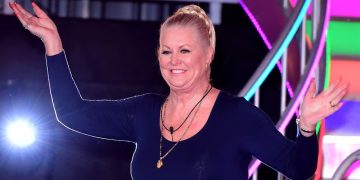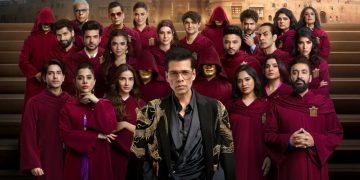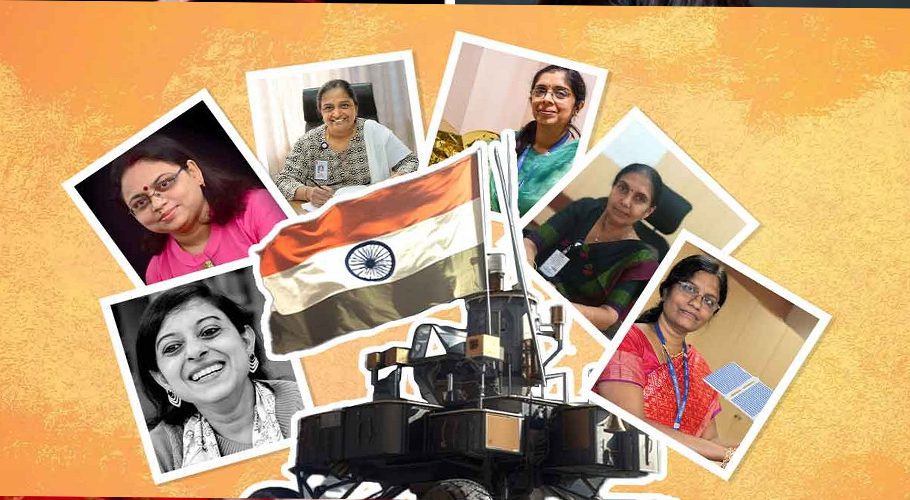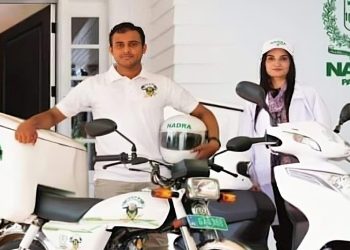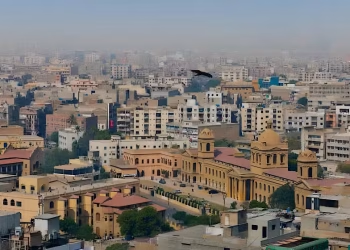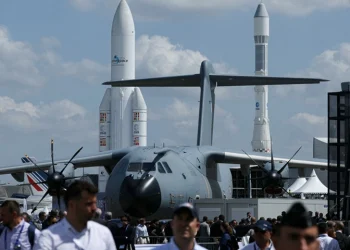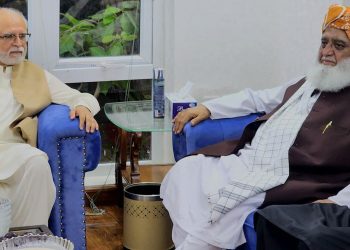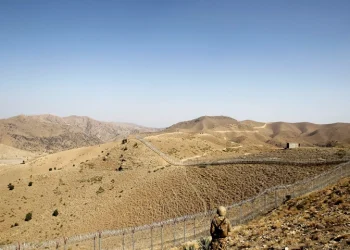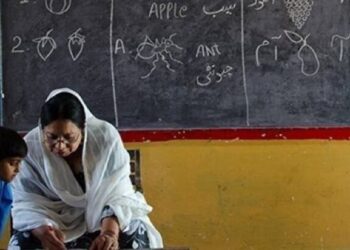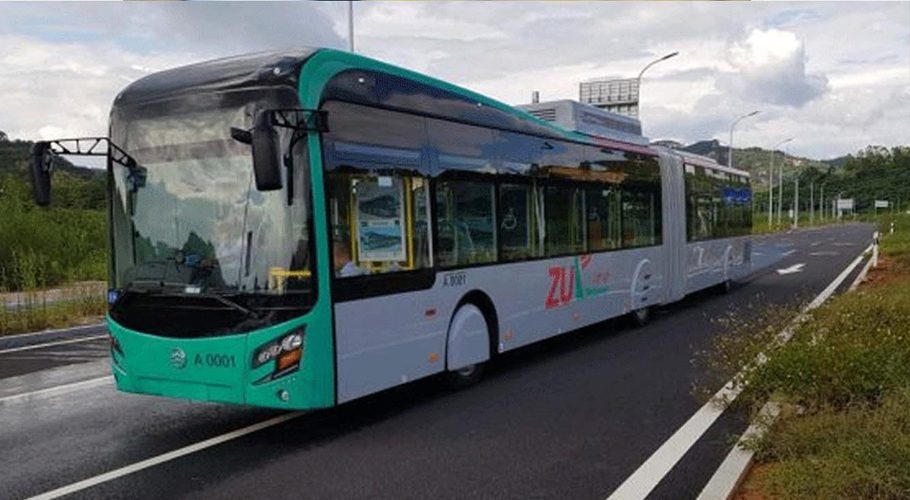India, the world’s most populous country, low-cost space program achieved an historic milestone on Wednesday when they became the first country to land a vehicle close to the Moon’s south pole.
At 6:04 p.m. India time (12:34 GMT), the unmanned Chandrayaan-3, whose name translates as “Mooncraft” in Sanskrit, touched down as mission control personnel erupted in jubilation and embraced one another.
Chandrayaan-3 will discover the South Pole of the Moon, where water molecules and ice was discovered, and will remain functional for two weeks.
Carrying four pieces of scientific equipment, it will run a variety of tests to detect moonquakes, how heat moves through the lunar surface, understand the plasma environment around the moon, and to understand the gravitational interaction between the Moon and the planet.
This monumental leap for India’s space exploration prowess was the result of many minds and many scientists of which women formed an essential part. In addition to historic feat symbolising India’s space prowess, the growing role of women in space exploration has also inspired future generations of India, showcasing the extraordinary role that Indian women have been playing since time immemorial.
As provided by a senior official of ISRO to Economic Times, “There are about 54 female engineers/scientists who worked directly in the Chandrayaan-3 mission. They are associate and deputy project directors and project managers of various systems working at different centres.”
For Chandrayaan-3, the Mission Director was Mohan Kumar and the Vehicle/Rocket Director was Biju C. Thomas.
Here’s a look at some of the women scientists who headed the project.
Ritu Karidhal Srivastava, Senior scientist, ISRO
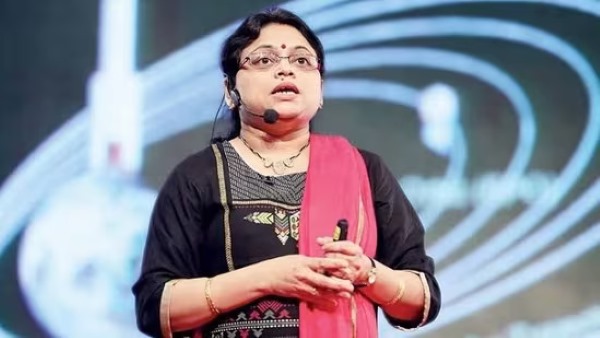
Ritu Karidhal Srivastava, also known as the ‘Rocket Woman of India’, also played a crucial part of the team behind India’s ambitious moon mission is. Dr Karidhal is a senior scientist at the ISRO who was the Mission Director of Chandrayaan-2 and the Deputy Operations Director of Mangalyaan, India’s Mars Orbiter Mission (MOM). As a senior scientist at ISRO, her contributions have been instrumental in India’s space exploration endeavours.
Srivastava has a B. Sc. in Physics from the University of Lucknow and an M. Sc. in Physics from the University of Lucknow. She is also currently enrolled in a Doctorate course in the Physics Department of the University of Lucknow.
Kalpana K, Deputy Project Director
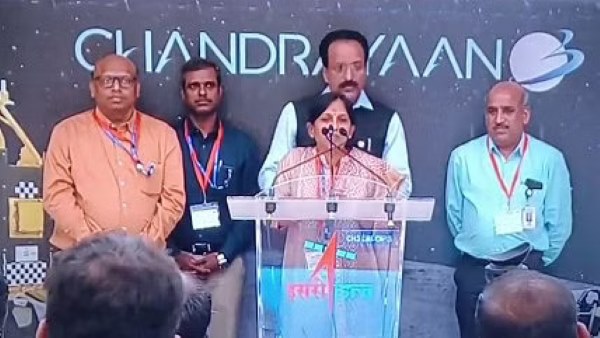
She was the Deputy Project Director for the lunar mission, Chandrayaan-3. She is an engineer who has also worked in Chandrayaan-2 and Mangalyaan.
Muthayya Vanitha, Deputy Director, UR Rao Satellite Center
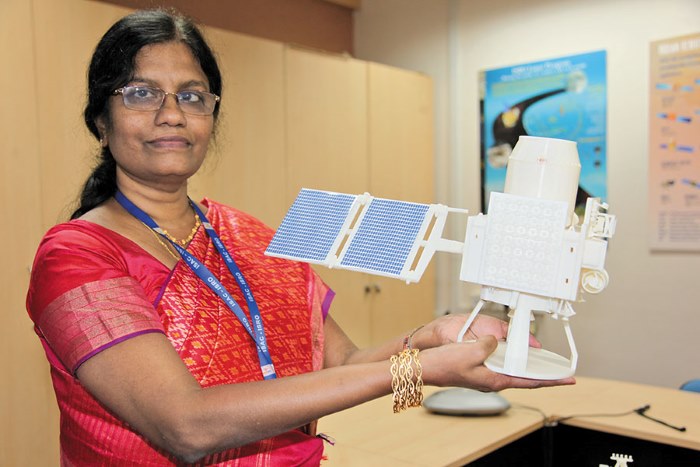
Vanitha is the first female project director at ISRO and also the first woman to lead an interplanetary mission. She is an electronics system engineer and was the Deputy Director for the Chandrayaan-3 mission. She graduated from College of Engineering, Guindy, Chennai.


